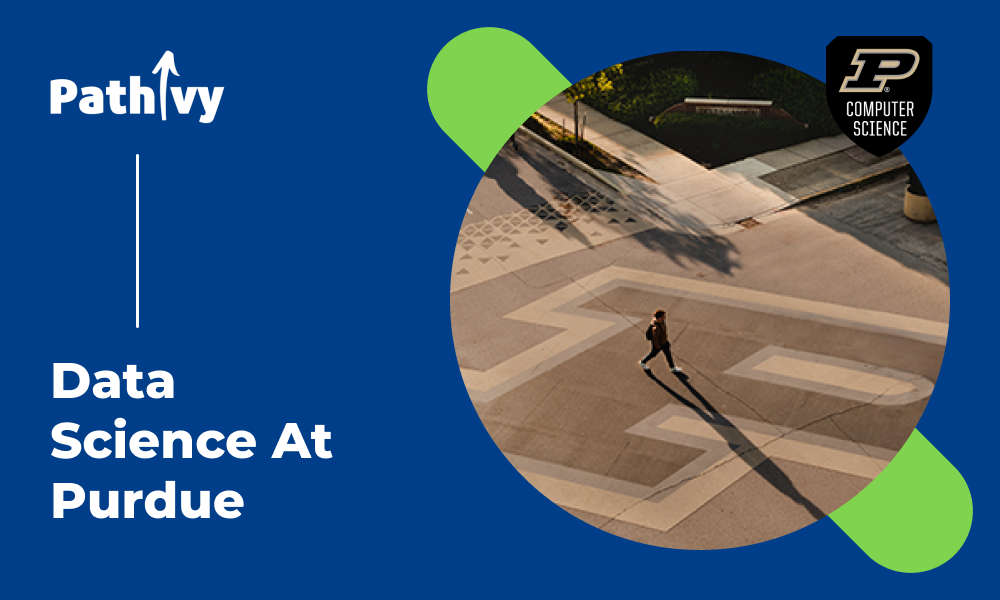Major Introduction Data Science is an interdisciplinary field that uses machine learning and scientific methods to discover unseen patterns and derive meaningful information from large data sets. It’s a high-demand career with many exciting opportunities for advancement in the future. Majoring in Data Science at Purdue will prepare students for a career at the forefront of an emerging field and the intersection of computer science and statistics.
Read on to learn more about Data Science at Purdue University!
Major Admissions
In 2021, Purdue had an acceptance rate of 60%. Accepted students had an average SAT score that ranged from 1190 - 1440 and an average ACT score of 25-32.
Purdue University is the fourth-ranked public university according to the Wall Street Journal. It's ranked top 20 in Computer Science and ranked 24th for its Statistics program by US News and World Report.
Data Science at Purdue is a total of 120 credits with courses like Python Programming, Probability, Multivariate Calculus, and algorithms. Students in their first year of Data Science share most of the same curriculum as Computer Science majors. After the first year, they will select either an emphasis in Computer Science, Mathematics, or Applied Statistics.
There are many clubs where Data Science majors can be involved to find their community and get more experience. One of them is the Data Mine Program. It's the first large-scale learning community for students across all majors at Purdue. Students in this program work alongside corporate industry leaders, faculty, and mentors to help students gain valuable experience in data science and guide them to create solutions to real-world problems.
My Personal Experience
Data Science majors will start by taking CS 180 (Problem Solving and Object-Oriented Programming) and CS 182 (Foundations of Computer Science / Discrete Mathematics), as well as the first few math courses. This lays the foundation of basic principles and skills for the major.
I took CS 180 during the first semester of my freshman year. It was a great introduction to how to find solutions by analyzing problems, designing algorithms, and programming the solution. The class is taught in Java and explains topics from the very beginning so it's great for students who come in with little to no experience in Computer Science. It also has some fun and challenging projects, making it equally great for people who have been coding for years before the class.
Most students will take their first Data Science courses in their sophomore year. These include CS 242 (Introduction to Data Science) and STAT 355 (Statistics for Data Science). Through CS 242, you’ll learn to use Python and R to scrape, clean, process, and visualize data. It’s a great way to get hands-on experience with different tools. You’ll also use statistical methods to summarize data, explain how to formulate new hypotheses, and draw conclusions from data.
In addition to the above classes, some other important classes are CS 373 (Data Mining and Machine Learning), CS 440 (Large Scale Data Analytics), STAT 416 (Probability), and STAT 417 (Statistical Theory).
A wide variety of Computer Science and Statistical Electives are also available to students to allow them to tailor their major to personal interests. One of them, for example, is CS 307 (Software Engineering 1). It is a great project where students work in groups of 5 - 6 to complete a semester-long coding project in whatever tools and coding languages they want.
Towards the end of their degree, Data Science majors complete a capstone course or experience that ties in everything they learned in their past classes.
A list of the total number of classes and electives provided by the major can be seen through this link: Data Science Curriculum at Purdue
.webp)
.png?width=175&height=73&name=ORIGINAL%20LOGO%20Blue%20and%20Green%20(1).png)
.png?width=50&name=author-image%20(2).png)

